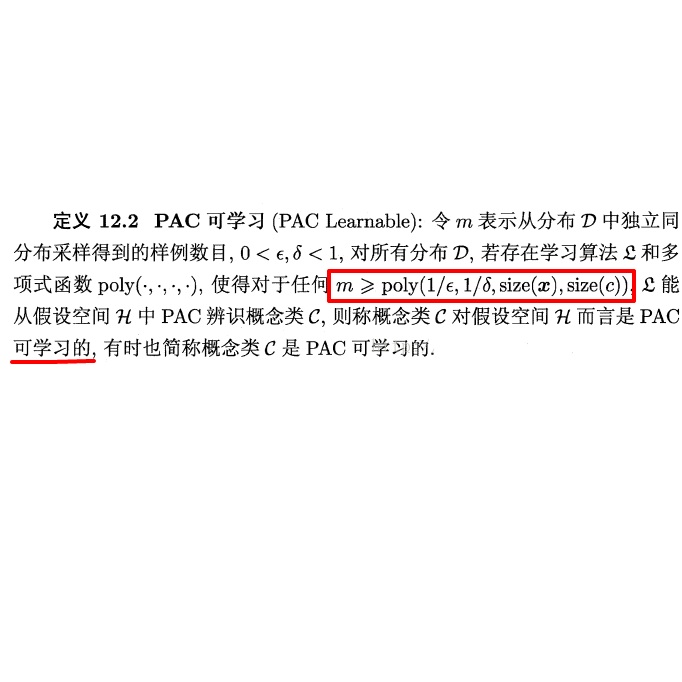We study the aggregate welfare and individual regret guarantees of dynamic \emph{pacing algorithms} in the context of repeated auctions with budgets. Such algorithms are commonly used as bidding agents in Internet advertising platforms. We show that when agents simultaneously apply a natural form of gradient-based pacing, the liquid welfare obtained over the course of the learning dynamics is at least half the optimal expected liquid welfare obtainable by any allocation rule. Crucially, this result holds \emph{without requiring convergence of the dynamics}, allowing us to circumvent known complexity-theoretic obstacles of finding equilibria. This result is also robust to the correlation structure between agent valuations and holds for any \emph{core auction}, a broad class of auctions that includes first-price, second-price, and generalized second-price auctions. For individual guarantees, we further show such pacing algorithms enjoy \emph{dynamic regret} bounds for individual value maximization, with respect to the sequence of budget-pacing bids, for any auction satisfying a monotone bang-for-buck property.
翻译:我们研究的是,在预算反复拍卖的背景下,动态 \ emph{ 间隔算法 } 的总体福利和个人遗憾保障。 这种算法通常在互联网广告平台中用作投标代理。 我们显示,当代理商同时采用一种自然的梯度速度形式时,学习动态过程中获得的液体福利至少是任何分配规则所能获得的最佳预期液体福利的一半。 关键是,这一结果在不要求动态趋同的情况下持有 \ emph{ 动态 {, 使我们可以绕过已知的复杂理论障碍以寻找平衡。 这一结果对于代理商估值和持有任何 emph{ 核心拍卖 } 之间的关联结构也很有力, 这是一种广泛的拍卖, 包括第一价格、 第二价格和普遍第二价格拍卖。 关于个人担保, 我们进一步展示这种速度算法享有 emph{ 动态遗憾} 个人价值最大化的界限, 涉及预算进度的顺序投标, 任何拍卖都符合单调的单调换通货。


